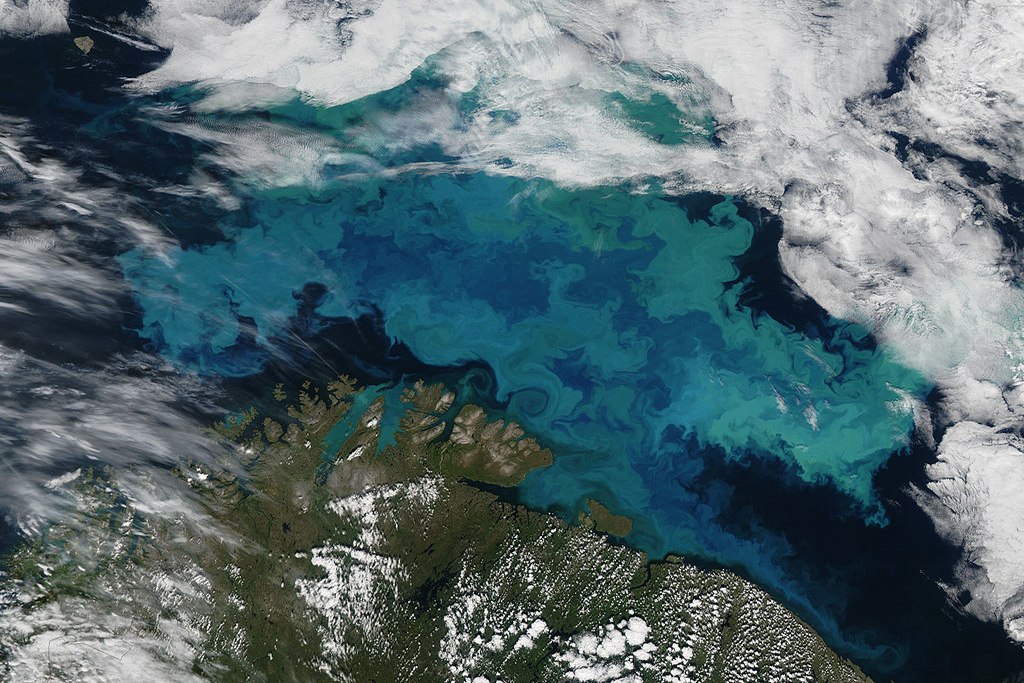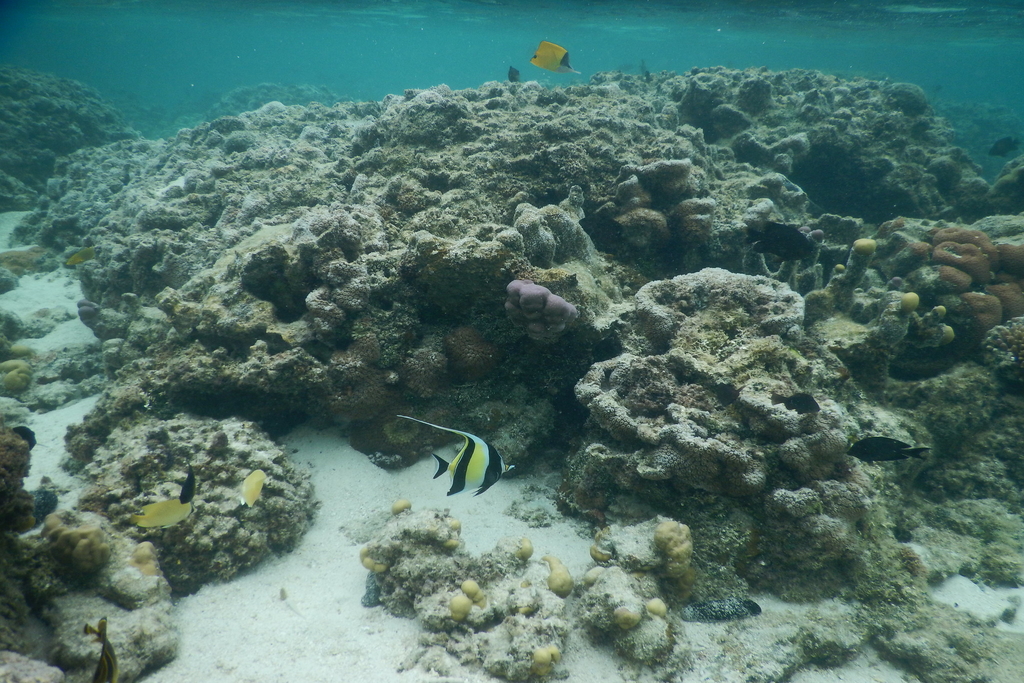71% of Earth’s surface is covered in water, yet more is known about the surface of the moon than the entirety of the oceans. Reliance on the world’s oceans feeds into almost every aspect of human lives, including daily weather, food, the movement of goods and most importantly, the oxygen that humans breathe. Blooms of oceanic diatoms, small single-celled algae, produce up to 80% of the world’s oxygen, but are sensitive to changing ocean conditions. The depletion of oxygen from the ocean is called deoxygenation, but what exactly does this mean?
—
The health of our oceans has been steadily declining over the past century due to pollution, overfishing and a warming climate. An increase in global temperatures has led to ocean temperatures responding in concert. Global surface sea level temperatures have been increasing at an average rate of 0.13 °F per decade from 1901 to 2015. While this may not seem like a large change, the warming of ocean temperatures carries serious consequences for the planet. Warm water is unable to hold as much gas as cold water, resulting in lower oxygen levels in the ocean- deoxygenation- and reduced uptake of carbon dioxide from the atmosphere.
You might also like: Hong Kong’s Shoreline Reclamation: An Interview with Prof. Cindy Lam, Department of Ocean Science at HKUST

Effects of Ocean Deoxygenation
At present, the ocean is a net sink for carbon dioxide, meaning it absorbs more carbon dioxide than it produces, helping to counterbalance atmospheric greenhouse gas levels. In fact, the Earth’s oceans have absorbed around one third of the carbon dioxide produced by humans since the beginning of the Industrial Revolution. Yet, as surface waters warm they become more buoyant, preventing them from mixing with cold water found deeper in the ocean. This impacts the amount of carbon dioxide the ocean is able to absorb from the atmosphere as the mixing of surface and deeper waters allows the newly-absorbed carbon to sink and be replaced by cooler bottom water, which can absorb more carbon dioxide. As this mixing slows, uptake of atmospheric carbon dioxide will decrease as the warm, gas-saturated surface water will be unable to continue absorbing carbon dioxide at the same rate, leading to higher concentrations in the atmosphere and increased oceanic warming.
In addition to warming ocean temperatures, nutrient pollution of coastal environments through fertiliser run-off, sewage, animal waste and nitrogen deposition from the burning of fossil fuels promotes excessive algal growth in ocean surface water. After the algae die and their cells sink, bacteria breaks down the cells for energy in a process that consumes oxygen and produces carbon dioxide, leading to a further reduction in water oxygen levels and an increase in carbon dioxide. This process, known as eutrophication, in combination with warming ocean temperatures, results in an overall decrease in oceanic oxygen levels and in some cases the production of hypoxic zones, or ‘Dead Zones’: areas where dissolved oxygen levels are too low to support life. These Dead Zones impact on food web structures, biodiversity and potential fish yields.
Further, low-oxygen regions have the potential to release nitrous oxide and methane, two powerful greenhouse gasses, through their production in deoxygenated deep ocean waters that may then reach surface waters and be released to the atmosphere. The Gulf of Oman, the Baltic Sea and the Gulf of Mexico are the three largest recurring Dead Zones in the world, with the Gulf of Oman totalling an area larger than that of Scotland, while another study has reported a growth of 55 000 km² of the Baltic Sea Dead Zone over the last century.
A new report by the International Union for Conservation of Nature (IUCN) reports an overall 2% decline in the world’s ocean oxygen levels since the 1950s, with a further predicted fall of 3-4% by 2100. This ocean deoxygenation will have serious consequences for biodiversity, commercial fishing and tourism in coastal regions. Large marine animals that require considerable amounts of oxygen, or hypoxia-sensitive animals, such as tuna, swordfish, and most other fish we eat, will be forced to surface waters or other areas of the ocean in search of higher oxygen levels, which may lead either to their overfishing or a severe disruption to commercial fishing. In contrast, hypoxia-tolerant species, such as microbes, jelly fish and some squid, will likely dominate most other species, leading to unsafe water and beach qualities, consequently influencing tourism worldwide.
Ocean Deoxygenation: Everyone’s Problem
Ocean warming and deoxygenation is a problem that will have repercussions for everyone on the planet. Actions need to be implemented now for the ocean to have a chance to recover. Carbon dioxide emissions must be urgently cut in order to mitigate ocean warming, as scientists predict recovery rates on the time scale of centuries under ‘business as usual’ emissions. Regulations to reduce nutrient run-off from both agriculture and sewage also need to be implemented to decrease the over-enrichment of coastal waters which leads to eutrophication.
Featured image by: Peta Hopkins


















